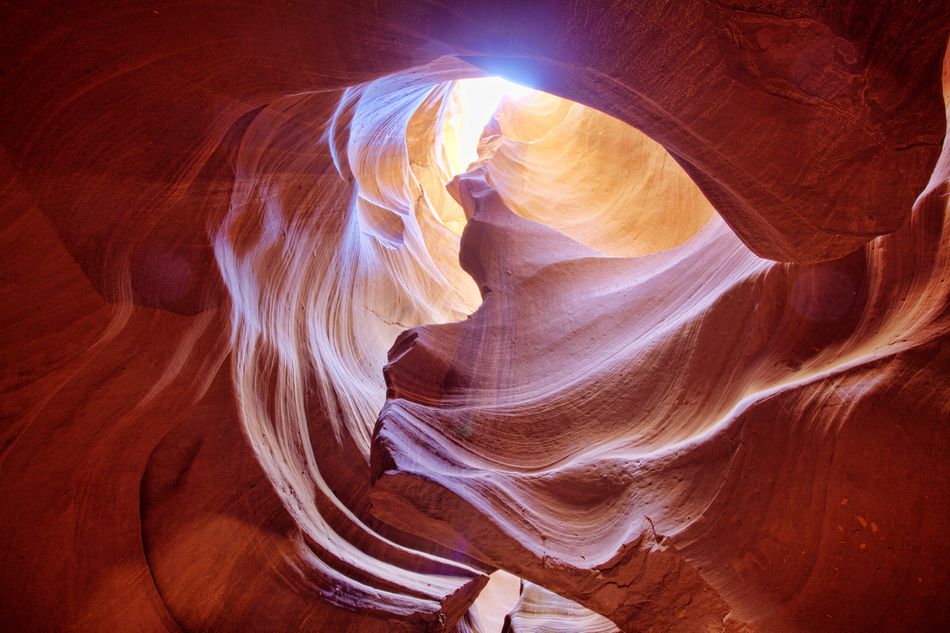By Ryan Randazzo, | Arizona Republic
Page was built in one of the most remote corners of the West to support the construction of Glen Canyon Dam.
When the dam was completed in 1966 and the workers moved on, it left little in the way of an economy for Page until construction began on the Navajo Generating Station coal plant in 1969.
Now, the closure of the plant is going to make the 7,500 people who live there even more reliant on the less predictable tourism industry.
Page will be the first Arizona community to deal with a coal-plant closure, but it won’t be the last. Joseph City, St. Johns and Springerville, all in Arizona, as well as Farmington, New Mexico, all heavily rely on coal plants that — sooner or later — will close and force economic transformations.
The power plant’s presence was estimated to bring a $51 million economic benefit to Page, according to a 2017 study by Northern Arizona University. That benefit included the large percentage of the 433 plant workers who live in the city and their wages, plus an additional 147 jobs in the city that existed only because of the money the plant pumped into the regional economy.
Page Vice Mayor John Kocjan said tourism is definitely a bright spot, but replacing power-plant jobs will be hard.

“It’s a good thing but of course you can’t replace the $80,000-a-year jobs with the $24,000 or $30,000 jobs the hotel people make,” he said. “The payroll, the expendable income from that people spend around town, that will be a big crunch.”
Page is fortunate compared with many other coal communities. Its proximity to the Grand Canyon, Colorado River and Lake Powell, not to mention the mesmerizing and abundant slot canyons in the region, bring in an estimated more than 4.5 million tourists annually.
THERE’S OPPORTUNITY IN PAGE’
“There’s opportunity in Page,” hiking-tour operator Melanie Spencer said as she bounced an SUV filled with guests along a dirt road.
Spencer and her family, many of whom have worked at the Navajo Generating Station and affiliated mine, launched a canyon hiking tour company about three years ago in hopes of transitioning away from the coal industry.
Outside her SUV, two French tourists peer over the side of a remote sandstone slot canyon. They wait for a Navajo tour guide to show them into the deep, wavy walls that are close enough a person at the bottom can touch both sides with outstretched arms.
Before they descend a handmade steel staircase, they take in the tranquility of the quiet, high desert 10 miles outside the city of Page.
Spencer hopes moments like these, with visitors experiencing the rugged beauty of the Navajo Nation, represent the future of the regional economy.
She has nothing against the coal plant and its three tall emissions stacks that, for the time being, are still visible behind a nearby hill. No doubt coal helped her family prosper, providing paychecks, homes and the opportunity for children and grandchildren to go to college.
But Spencer and her relatives realized that the dusty canyons where their family raised livestock for generations could offer a new opportunity. They aren’t alone.
For years, Navajo-run tours to Upper and Lower Antelope Canyon have dominated the Page-area slot-canyon business. In recent years, many more have popped up. She now counts 16 operating in the area.











